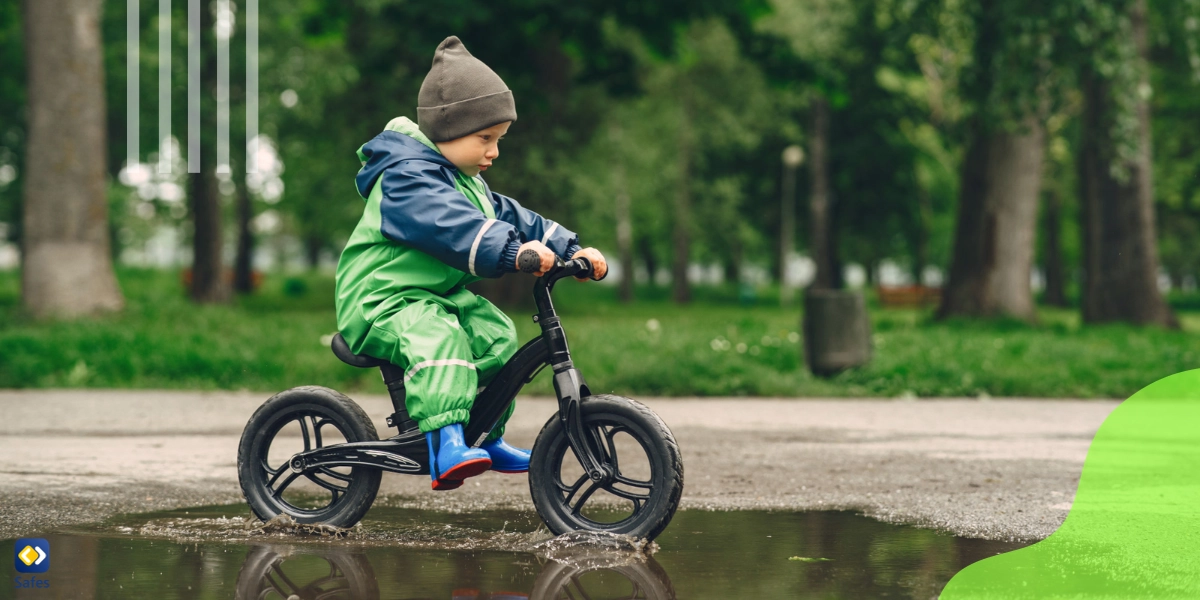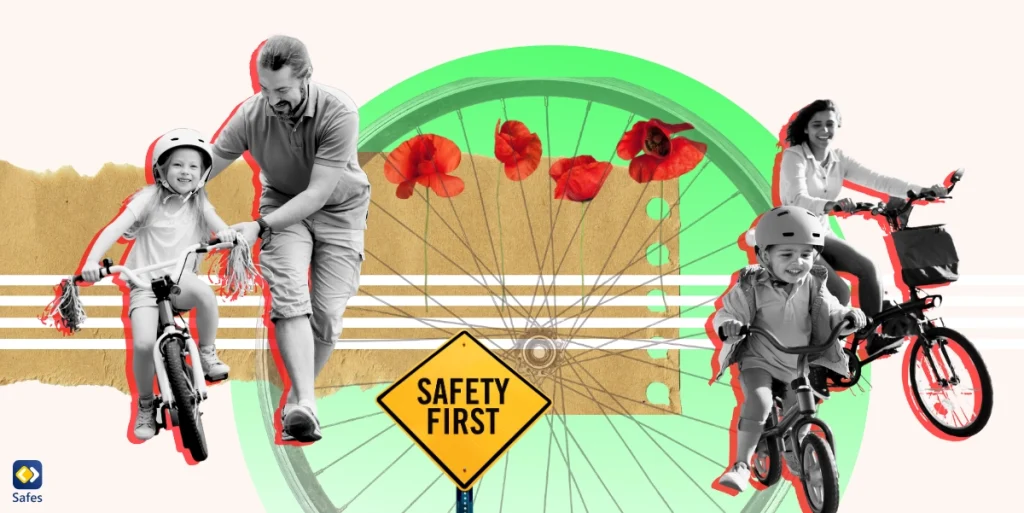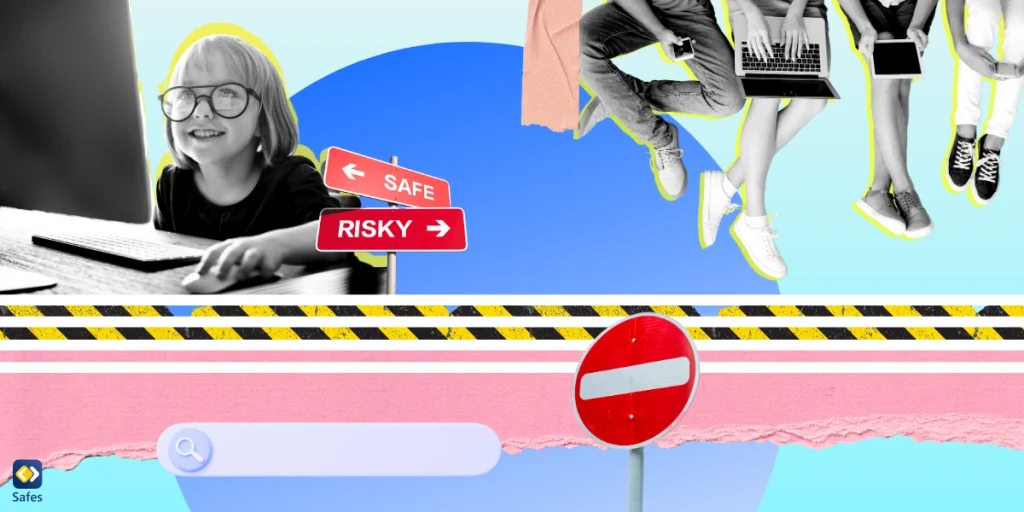Riding a bike is a rite of passage for youngsters, signifying an important milestone in their physical and emotional development. This ability encourages independence, confidence, and a sense of success in addition to the pure delight of traveling on two wheels. This blog post will walk you through the process of training your kid to ride a bike, from choosing the correct equipment to overcoming obstacles and celebrating accomplishments.
Why Should Children Learn to Ride a Bike?
The benefits of learning to ride a bike encompass a holistic approach to development, influencing various aspects of a child’s well-being and shaping valuable life skills.
Physical Exercise
Learning to ride a bike is an excellent cardiovascular exercise, promoting a healthy heart and lungs. Pedaling engages various muscle groups, contributing to the development of leg muscles and overall physical strength. Needless to say, riding a bike is also a fun skill to learn.
Motor Skills Development
Riding a bike enhances balance and coordination, fundamental skills applicable to various physical activities and sports. Maneuvering a bike helps children develop spatial awareness, an essential skill in navigating their environment.
Independence and Confidence
Learning to ride a bike increases a child’s self-worth, self-esteem, and confidence, giving them a sense of success and independence. Riding helps youngsters to autonomously explore their environment, establishing a sense of independence and responsibility.
Social and Emotional Development
Biking with peers promotes social interaction, teamwork, and the development of social skills. Outdoor activities like biking contribute to improved mood and reduced stress levels, enhancing emotional well-being.
Cognitive Benefits
Riding a bike requires attention and concentration, helping children develop focus and cognitive skills. Navigating obstacles and making decisions while riding encourages problem-solving skills.
Environmental Awareness
Biking instills an appreciation for the outdoors and nature, promoting a healthy and active lifestyle. It also establishes healthy habits early in life, reducing screen time and offering a fun alternative to sedentary activities.
Family Bonding
Learning to ride often involves parents or guardians, creating opportunities for quality family time and bonding. Encouraging biking as a means of transportation instills values of environmental responsibility and sustainability.
Life Skills
Biking teaches children to assess and manage risks, fostering persistence and resilience. Overcoming challenges, such as falls or initial difficulties, contributes to the development of life skills that extend beyond the act of riding a bike.

Steps to Learning How to Ride a Bike
Here are the general steps to riding a bicycle for the first time.
Preparing for the Journey
Before embarking on the bike-riding adventure, it’s crucial to ensure your child has the right-sized bike. Selecting a bike that suits their height allows for better control and comfort. Properly adjusting the bike seat and handlebars ensures an ergonomic riding position, setting the stage for a positive experience. You can teach a child to ride a bike without stabilizers from the start and there are good reasons to not use stabilizers at all.
Safety First
Safety should always be a top priority. Equip your child with the necessary safety gear, including helmets, knee pads, and elbow pads. Before each riding session, inspect the bike to ensure it’s in good condition. Regular maintenance checks will help prevent accidents and instill good habits in your child.
Building Confidence
For younger children, consider introducing a balance bike. These bikes, without pedals, help children develop balance and coordination, laying a solid foundation for future cycling success. Engage in fun exercises and games that promote these skills and build your child’s confidence.
Learning to Pedal
Teaching your child to pedal involves a step-by-step process. Start by demonstrating proper foot placement on the pedals and guide them in the correct technique. Show them how to hold and control the handlebars, emphasizing the importance of a balanced posture.
Gradual Progression
Begin in a safe and open space, such as an empty parking lot or quiet street, to allow your child to focus on the basics. Gradually introduce more complex skills, like turning and braking, as their confidence grows. This incremental approach ensures a smooth learning curve.
Encouragement and Positive Reinforcement
Encouragement is a powerful motivator. Celebrate small victories, whether it’s mastering balance or pedaling smoothly. Positive reinforcement creates a supportive learning environment, boosting your child’s confidence and making the process more enjoyable.
Overcoming Challenges
It’s common for children to face challenges, whether it’s fear, frustration, or a fear of falling. Address these obstacles with patience and understanding. Offer strategies to overcome difficulties and emphasize the resilience gained through overcoming challenges.
Transitioning to Solo Riding
Knowing when to transition from assisted riding to solo riding is key. When your child shows confidence and mastery of basic skills, gradually introduce them to riding in different environments, such as parks or quiet streets. Encourage independent decision-making while maintaining a watchful eye.

Conclusion
Teaching a youngster to ride a bike is a gratifying endeavor that needs patience, encouragement, and a great learning environment. By following these steps and enjoying the process, you are building a feeling of independence and resilience in your kids that will benefit them for the rest of their lives. If your child needs positive or negative reinforcement in other areas of life, you should try out our parental control app called Safes. Safes is available on iOS and Android. It allows you to limit your child’s screen time, track their location in real time, and filter inappropriate websites. Start your free trial with Safes to access step-by-step guides and tips for teaching bike riding.




